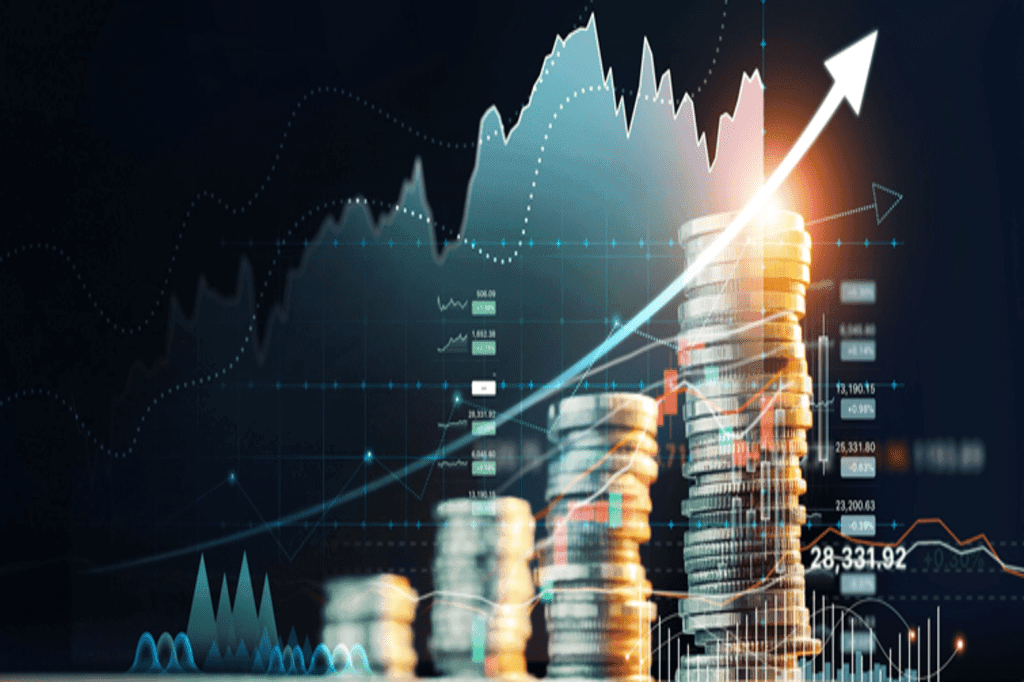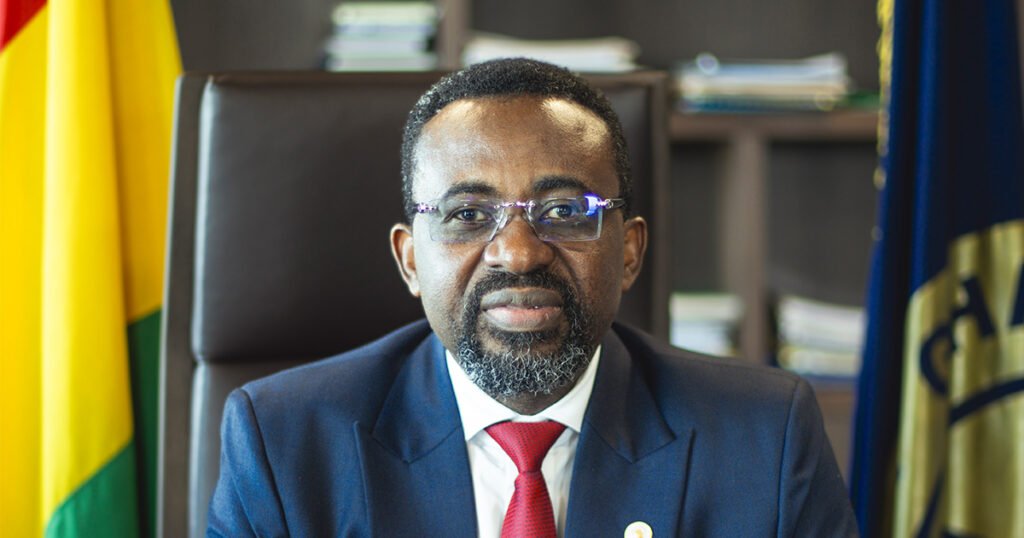Just two (2) years ago, Ghana’s economy was teetering on...
VAULTZ BUSINESS
CEDI @ 60: Ghana’s Banking Sector Ready for the Next Era?
Sixty years ago, Ghana made a bold decision to assert...
Insurance— An Allied Player in Currency Stability
As Ghana celebrates 60 years of its national currency, the...
THE CEDI’S STRENGTH VS. GHANA’S REAL ESTATE REALITY …A Tale of Missed Gains
Ghana’s real estate sector is abuzz with cautious optimism as...
INVESTORS COURT
GLOBAL FDI CRASHES …Developing Nations Left Stranded as Investment Dries Up
For decades, Foreign Direct Investment (FDI) has acted as a...
GHANA STOCK EXCHANGE SMASHES RECORDS, MARKET CAP SURGES PAST GHS140 BILLION
In a show of growing trust from investors and renewed...
The Forex ‘Kid’ On The Block Making Millionaires Out of Men
Money is underrated until you encounter poverty. The comfort, independence...
AFRICA FOCUS
NIGERIA EDGES OUT OF RECESSION …Can a Unified FX Policy Ignite True Recovery?
Nigeria, one of Africa’s biggest economies and often referred to...
THE BLUE ECONOMY BOOM THAT COULD RESCUE SOUTH AFRICA’S FUTURE
In a world where youth unemployment surges and economies grapple...
KENYA’S KSH 11.5 TRILLION DEBT BOMB …Economy on the Brink of Crisis?
Kenya has crossed a fiscal threshold that has sent alarm...
TANZANIA BAGS $448M IMF BOOST AS REFORMS DRIVE ECONOMIC MOMENTUM
When the International Monetary Fund (IMF) gave the green light...
GLOBAL DESK
TRILLION-DOLLAR TAKEOFF …Global Business Travel to Hit $1.57 Trillion in 2025 Despite Stormy Economic Skies
In an era marked by economic unease, volatile trade relationships,...
THE DIGITAL COLD WAR …China and the U.S. Clash for Global Monetary Supremacy
Once upon a time, global power was measured in missiles...
GLOBAL GROWTH ON LIFE SUPPORT …Slowest Pace Since 2008 Without a Recession
In the grand theater of the global economy, the curtain...
ARTS & LIFE
SETTING FOUNDATION RIGHT FOR A FLAWLESS MAKEUP
In the world of beauty, everything seems so colorful and...
RETHINKING HEALTHCARE THROUGH A PERSONALIZED LENS …A Move From Prescription to Prediction
In many African boardrooms and ministries, health is often relegated...
THE QUIET REVOLUTION OF THOUGHT… How Bidirectional Brain-Machine Interfaces Are Reshaping Human Potential?
In the 1970s, Jacques Vidal introduced the concept of direct...
RETHINKING MOBILITY WITH HYDROGEN
As the world races toward decarbonization, the automotive industry finds...
EXCLUSIVE
GHANA’S PREMIER PRIVATE HEALTH INSURANCE CELEBRATES VANGUARD ASSURANCE @50
Nationwide Medical Insurance Company, Ghana’s premier private health insurance company,...
MR. RAYMOND KWAKYE BISMARCK: GHANA’S BUDDING BANKING ELITE
Ghana’s banking sector has undergone a remarkable transformation in the...
CEDI, EMBLEM OF GHANA’S ECONOMIC JOURNEY, SOVEREIGNTY, AND RESILIENCE
The Governor of the Bank of Ghana, Dr. Johnson Pandit...
HISTORY OF THE GHANA CEDI
Introduction and Colonial Beginnings Before Ghana’s independence, the territory known...
STRATEGIC LEADERSHIP THAT SURPASSES TENURE
Sixty years ago, Ghana made a historic leap with the...
ADVERTISEMENT

FEATURES
THE SEASON AFRICA FIGHTS BACK AGAINST ENERGY POVERTY
In countless villages and bustling urban fringes across Africa, the...
THE TWIN Es… Engines for Sustainable Success
Many organizations are running at full throttle—but in circles. Too...
THE GHANA CEDI AT 60: A PILLAR OF PROGRESS, A PROMISE OF PROSPERITY
As Ghana celebrates a momentous milestone, which fell on July...

































